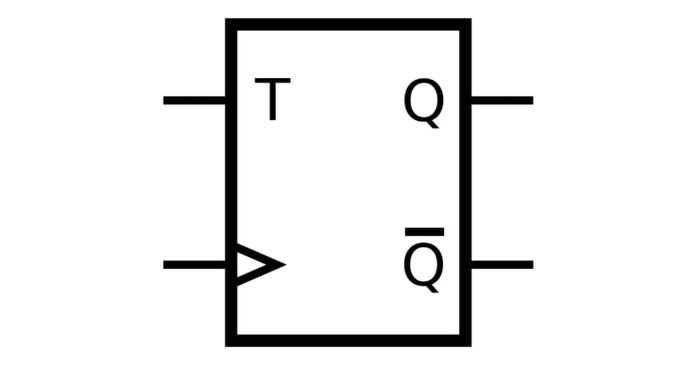A T flip-flop (Toggle flip-flop) is a type of sequential digital circuit that changes its output state (toggles) when its input, labeled as T, is triggered by a clock pulse. It is a variation of the D flip-flop and is used to store binary data.
Working:
When T = 0, the output Q remains unchanged (no toggle).
When T = 1, the output Q toggles, meaning if Q = 0, it becomes Q = 1, and vice versa.
Truth Table: | T | Q (Next State) | |—|—————-| | 0 | No change | | 1 | Toggle |
The T flip-flop is widely used in counters, frequency dividers, and toggle registers because of its ability to change states with each clock pulse. It is a building block for more complex circuits like binary counters


